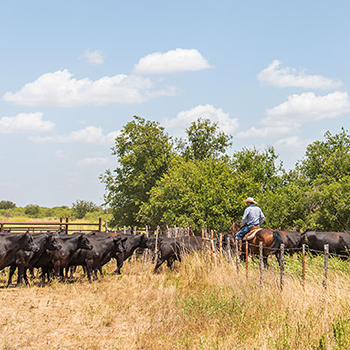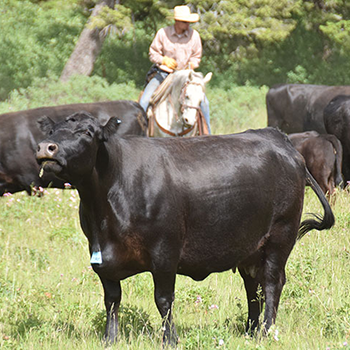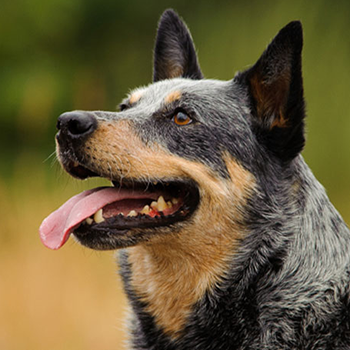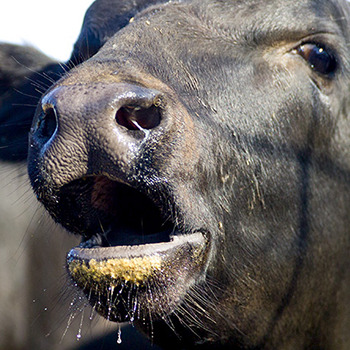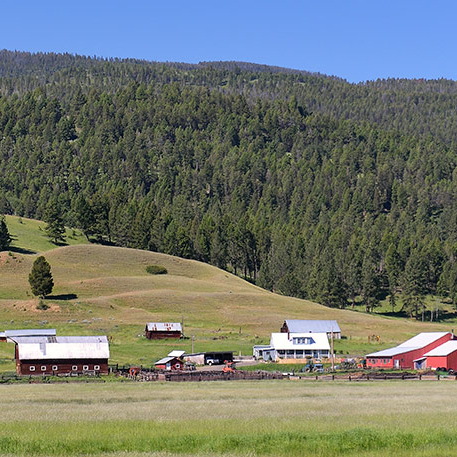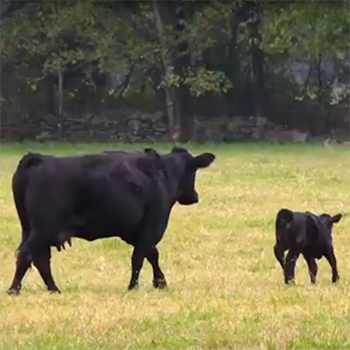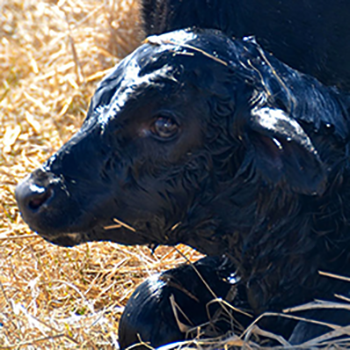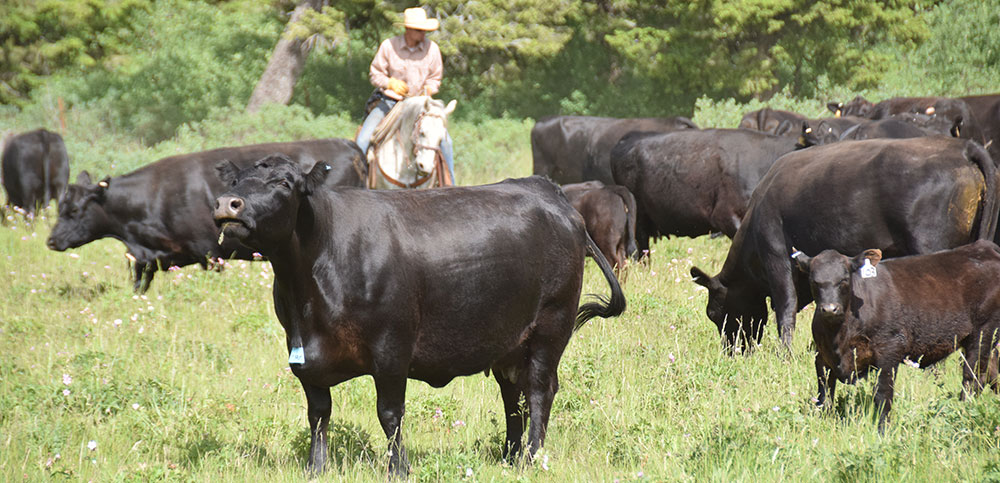
Training Cattle for Easy Handling
Making the right choice easy and the wrong choice hard is key to cattle handling.
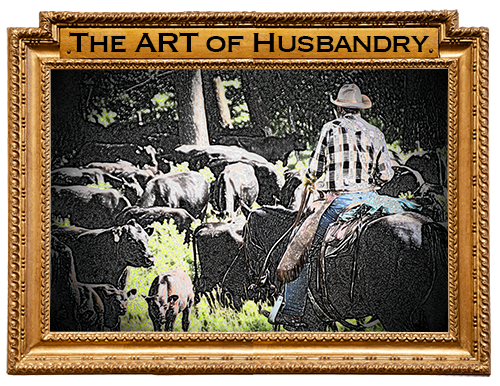
Cattle are smart and adaptable; they learn from their mothers and the environment around them. Early interactions with humans set the stage for future responses. They respond to good handling, becoming easy to manage. If mishandled, they react with suspicion or fear.
Many ranchers are learning the value of low-stress handling and how easy it is to manage cattle that trust people. Al Fenton, an Alberta rancher, has raised thousands of easy-to-handle replacement heifers with good dispositions, partly due to genetic selection, but largely due to the way they are handled. Cattle can be trained to do the right thing when being sorted, he says, if you use the same patient techniques you’d use when training a horse.
Fenton handles his cattle on horseback. When he needs to sort a large group, his team gathers the herd and teaches them to be held in a group. This technique is used when the heifer calves are still at their mother’s side and after they are weaned. Fenton says by teaching them to be held in a group when it’s time to trail, the cattle line out and know what to do.
“When we hold a group, we make them stay. If a heifer takes off, we don’t chase her. A rider just circles around her. Usually they won’t run far. We just let them stand a minute, then a rider can walk around and put her back in the bunch and continue to hold until all of them are settled. We never move cattle until they settle,” he says.
This is easier on the cattle, and they are calm and cooperative when moved; it teaches them the right thing, says Fenton. “We use very little noise. Just the body language of your horse can teach your cattle.”
If you’ve taught your horses the right way, with a calm effect, it transfers to the cattle, he notes. The cattle respond better and do what you want when sorting and moving them.
“Doing it slowly is faster. Everything works better, and this saves time. If you give cattle time to figure it out, it teaches them to wait and look for your instruction rather than trying to look for the first way out,” explains Fenton.
The cattle will begin to look to you for guidance rather than just explosively reacting as if you were a predator.
Cattle are natural herd animals and prefer to remain in familiar groups. If a group of cattle that are familiar with each other can be settled down, they will be more content.
“When gathering, we have two or three riders hold the group while other riders bring more out of the bush, and most of those cattle will head for the group being held,” says Fenton.
Patience and reading cattle make a difference. If you make it seem like their idea to do what you want, it’s a lot easier. If you start when they are calves on their mother, it’s easier when they are mature, Fenton explans. “We just hold a group and sort out the pairs we want. We’ll have one or two riders moving quietly through the group. The cattle won’t scatter because they’ve been taught not to scatter. They feel secure in that group, and when you go in to pull a pair out, you just quietly bump that pair to the outside.”
His secret is to pick a calm, dependable cow or heifer the first time.
“I always choose a cow or heifer that I think will stay calm,” he says.
The animal is taken out about 200 yards away from the group and stopped. A rider stays with her and another one is sorted from the herd and brought over. Once you have several in that little group, they are easy to hold as you bring more out of the herd to join them. With 600 cows, he sorts into groups of 30.
“Once we feel comfortable with that group that will be going to a certain pasture, we move them to a spot we can hold them, and start sorting again. This way we don’t have the turmoil and stress of sorting in a tight area like a corral.”
This is much quieter and calmer, and easier on the cattle and the people sorting them.
It doesn’t require fancy facilities; it just takes planning.
“Train your cattle and position your gates so you can always win. When it’s their idea, you’ll win every time,” says Fenton.
You give them an easy out and they take it — without being stressed. You make the right thing easy and the wrong thing harder.
“Many people don’t understand that if you make noise, you are distracting their focus on where they are going — and directing it to you instead. You don’t want them looking at you; you want them looking at the out gate. The more you can let them think for themselves, and have them flow the right direction, the more you will win — with less stress on everybody,” he says.
Editor’s note: Heather Smith Thomas is a freelance writer and a cattlewoman from Salmon, Idaho.
